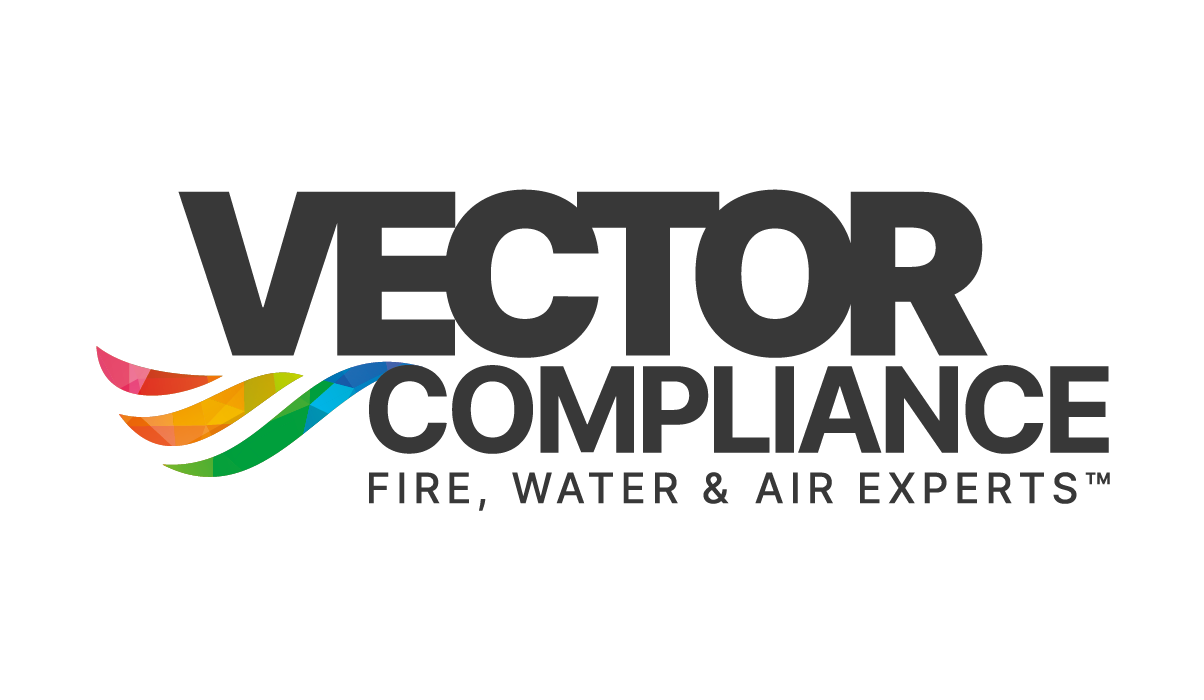Ventilation Hygiene
Ventilation Hygiene
Ventilation Hygiene: The Key to Healthy Indoor Environments
Ventilation hygiene plays a crucial role in maintaining healthy indoor environments. Proper ventilation ensures the supply of fresh air and the removal of pollutants, creating a comfortable and safe space for occupants. Neglecting ventilation maintenance can lead to various health risks and non-compliance with regulatory standards.
The Importance of Ventilation Maintenance
1. Air Quality Improvement: Regularly cleaning and maintaining ventilation systems help improve the quality of indoor air. Over time, dust, allergens, and other pollutants can accumulate in the ducts, leading to poor air quality and potentially causing respiratory issues among occupants. By ensuring proper ventilation hygiene, we can minimize these risks and promote better indoor air quality.
2. Mold and Bacterial Growth Prevention: Inadequate ventilation can lead to excess humidity or moisture accumulation, resulting in mold and bacterial growth. These microorganisms not only deteriorate the indoor air quality but also pose serious health risks, especially for individuals with respiratory conditions. Routine ventilation maintenance, including cleaning and disinfection, is essential to prevent such growth, creating a healthier environment.
3. Compliance with Regulatory Standards: Various regulatory bodies and standards, such as ASHRAE 62.1 and Occupational Safety and Health Administration (OSHA) guidelines, emphasize the importance of proper ventilation maintenance. Non-compliance with these standards can result in penalties, legal issues, and reputational damage to businesses. By adhering to ventilation hygiene practices, we ensure compliance, providing peace of mind to both occupants and business owners.
Best Practices for Ventilation Hygiene
To maintain optimal ventilation hygiene, the following best practices should be followed:
1. Regular Inspection: Conduct routine inspections to identify any issues or signs of contamination within ventilation systems. This includes checking for blockages, accumulations of dust or debris, and potential damage to components.
2. Cleaning and Disinfection: Scheduled cleaning and disinfection are necessary to remove contaminants from ventilation systems. This includes cleaning ductwork, air filters, fans, and other components using appropriate techniques and products approved for HVAC maintenance.
3. Airflow Monitoring: Regular monitoring of airflow rates and patterns helps ensure that ventilation systems are functioning correctly. This includes verifying that air exchanges and proper distribution of air are occurring as per design specifications.
4. Maintenance Documentation: Maintain accurate documentation of all ventilation maintenance activities, including inspections, cleanings, and repairs. These records not only demonstrate compliance but also aid in identifying patterns, addressing recurring issues, and planning future maintenance strategies.
Conclusion
Ventilation hygiene is vital for maintaining healthy indoor environments, promoting better air quality, and ensuring compliance with regulatory standards. By following best practices for ventilation maintenance, businesses can provide occupants with a safe and comfortable space while mitigating potential health risks. Regular inspection, cleaning, disinfection, and proper documentation are essential for achieving optimal ventilation hygiene and reaping the associated benefits.

